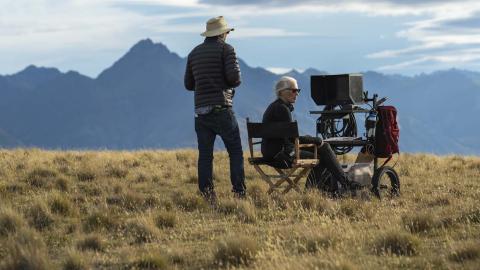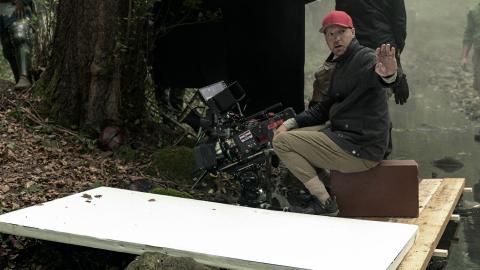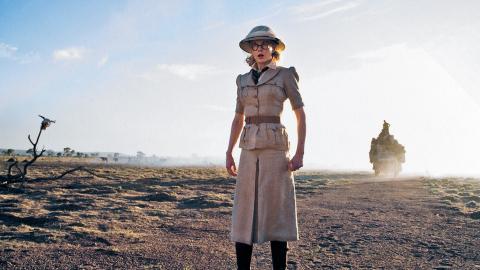
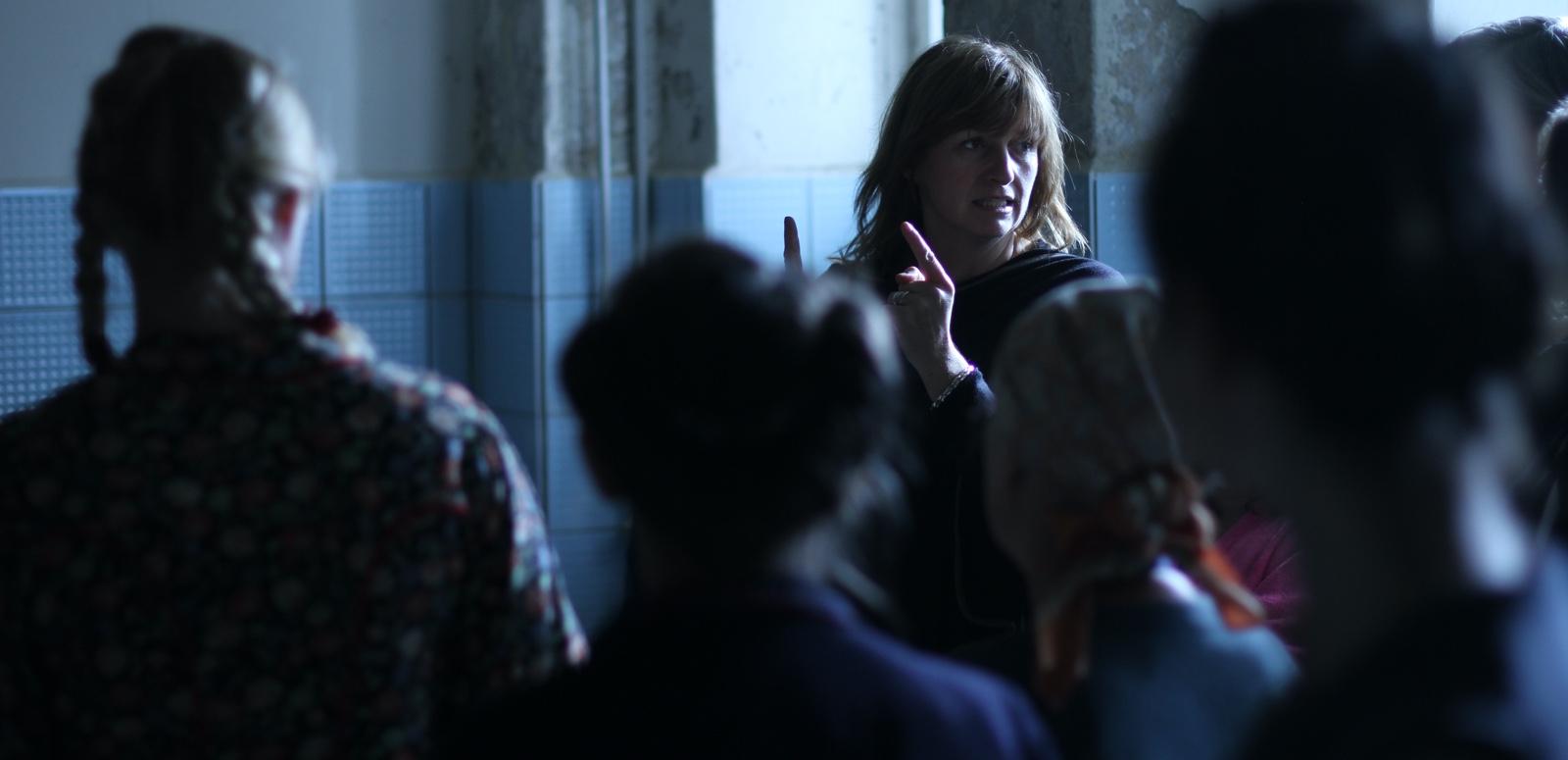
Director Cate Shortland
Director Cate Shortland
Cate Shortland is one of Australia's most acclaimed filmmakers. She started making films in the mid-1990s and her shorts Pentuphouse (1998) and Flowergirl (1999) won international acclaim.
Sexuality, violence and a deep humanity permeate all of her films, with characters often learning hard truths about themselves in challenging circumstances.
Cate's passion for visual art, along with her collaborations with other talented Aussie screen professionals such as production designer Melinda Doring and cinematographer Robert Humphreys, give her films a rich aesthetic.
This collection gathers together excerpts of her shorts, features and television work along with production stills and a Popcorn Taxi interview with her from 2000. Scroll down to watch clips and read more about her work.
Each of her films has its own distinct visual identity – from the trash glam of Pentuphouse to the vivid camcorder feel of Flowergirl or the light-soaked, fairytale world of Somersault (2004). Polaroids and German architecture underline the dark themes in Berlin Syndrome (2017), while Lore (2012) powerfully juxtaposes summer wildflowers and graphic war atrocities.
Cate has also worked in television as a writer and director – her credits include SMILF (2019), the TV movie The Silence (2006) and Bad Cop, Bad Cop (2002–03).
Cate is the first Australian and the first solo woman to direct a Marvel movie, with the 2021 release of her film Black Widow starring Scarlett Johansson in the title role.
Main image: Cate Shortland directing Lore (2012). NFSA title: 1063296
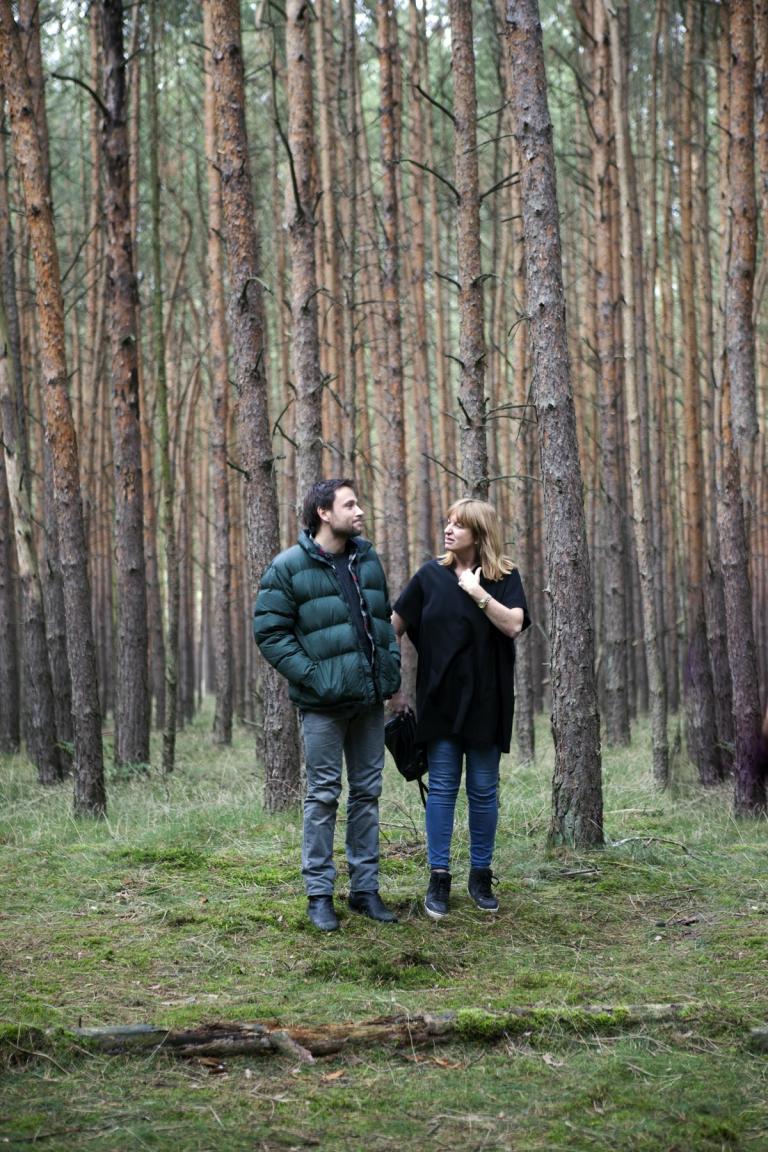
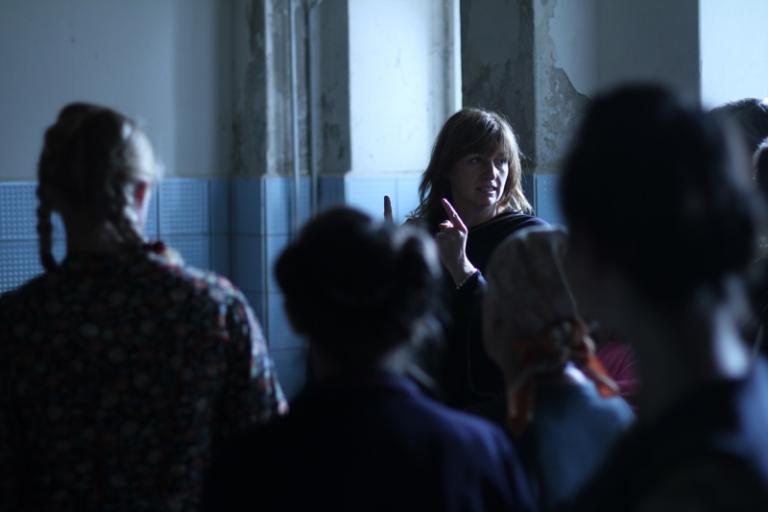
The National Film and Sound Archive of Australia acknowledges Australia’s Aboriginal and Torres Strait Islander peoples as the Traditional Custodians of the land on which we work and live and gives respect to their Elders both past and present.
